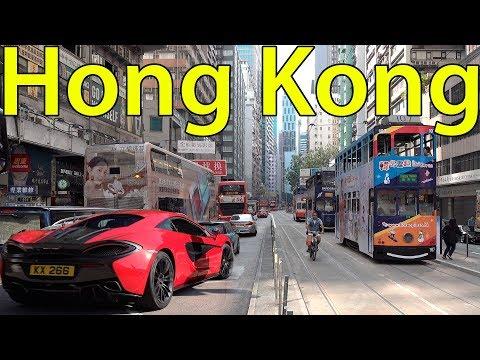I remember my first visit to Hong Kong vividly; it was as if I had stepped into a living mosaic of cultures, politics, and flavors. The city, a vibrant confluence of East and West, seemed to pulse with an energy that was both exhilarating and humbling. From the bustling streets of Mong Kok to the serene paths of Victoria Peak, every corner of Hong Kong told a story, and I was eager to listen.
My journey began with a walk through the narrow streets of Sham Shui Po, a district that offers an unfiltered glimpse into the local life. The air was rich with the aroma of street food: skewers of beef and pork sizzling on open grills, the fragrant steam of dim sum wafting through the air, and the sweet scent of egg waffles being freshly made. I stopped at a small stall to try the famous pineapple bun, a sweet, soft bread with a crumbly topping. It was everything I had heard it would be: sweet, buttery, and utterly comforting.
As I continued my exploration, I found myself immersed in the city’s history and its current struggles. Hong Kong has been a focal point of political and social tension, especially in recent years. The protests were a significant part of my visit, and they left a lasting impression on me. I had read about the demonstrations before arriving, but experiencing the aftermath was something else entirely.
The protests, which began as a response to proposed extradition legislation, evolved into a broader movement advocating for democratic reforms and greater autonomy from mainland China. The streets of Hong Kong, particularly in areas like Admiralty and Causeway Bay, bore witness to the vibrant, sometimes tense, rallies. I was struck by the resilience and determination of the people. They were not just fighting for a political cause; they were fighting for their way of life, their values, and their future.
One evening, while wandering through the bustling streets of Mong Kok, I encountered a small group of protesters still active despite the passing of the initial fervor. They were handing out masks and distributing pamphlets, and I joined them briefly. The camaraderie and collective purpose were palpable. It was clear that this was not merely a series of isolated events but an ongoing struggle for identity and rights.
Amidst these political currents, Hong Kong’s culinary scene provided a welcome respite. The city’s food culture is a celebration of its diverse heritage, blending Cantonese traditions with influences from around the world. Dim sum was an obvious highlight—little steamed buns, dumplings, and rolls filled with an array of savory ingredients. I discovered the joy of trying different varieties of dumplings, each with its own unique flavor and texture.
One memorable experience was dining at a traditional cha chaan teng, a Hong Kong-style café. These eateries are known for their eclectic menus that combine Western and Chinese elements, and I was eager to sample their offerings. I opted for a combination of pineapple bun with butter, a classic Hong Kong dish, and a plate of macaroni in tomato soup—an odd pairing that somehow worked perfectly together. The meal was a testament to the city’s ability to blend the old with the new, the local with the global.
Another culinary adventure led me to the famous Temple Street Night Market. This bustling market is a treasure trove of street food, from spicy curry fish balls to tender squid skewers. As I navigated through the maze of stalls, I was drawn to the smell of freshly grilled seafood and the sight of vendors skillfully preparing their dishes. I found myself seated at a small, makeshift table, savoring a bowl of wonton noodles and marvelling at the vibrant street life around me.
Hong Kong is also renowned for its impressive skyline, a dazzling display of modern architecture and historical landmarks. I took a tram up to Victoria Peak, where the view of the cityscape at sunset was nothing short of breathtaking. The juxtaposition of towering skyscrapers against the backdrop of lush green hills and the serene harbor below was a reminder of the city’s unique blend of natural beauty and urban development.
In exploring Hong Kong, I also discovered the rich cultural tapestry that weaves through its history. The city’s heritage is a mix of Chinese traditions and colonial influences, which is evident in its architecture, festivals, and daily life. Visiting the Man Mo Temple, dedicated to the gods of literature and war, offered a glimpse into the spiritual side of Hong Kong. The incense coils hanging from the ceiling and the intricate carvings provided a stark contrast to the city’s modern hustle and bustle.
Hong Kong is a place where past and present coexist, where the fervor of political activism meets the calm of traditional practices, and where global influences meld with local traditions. It is a city that thrives on its diversity and resilience, making it an ever-evolving story of cultural fusion and dynamic change.
Reflecting on my time in Hong Kong, I am left with a deep appreciation for its complexity. The city’s resilience in the face of challenges, its vibrant cultural landscape, and its culinary delights have made a lasting impact on me. Hong Kong is more than just a destination; it is a living, breathing entity that continues to evolve and inspire.
